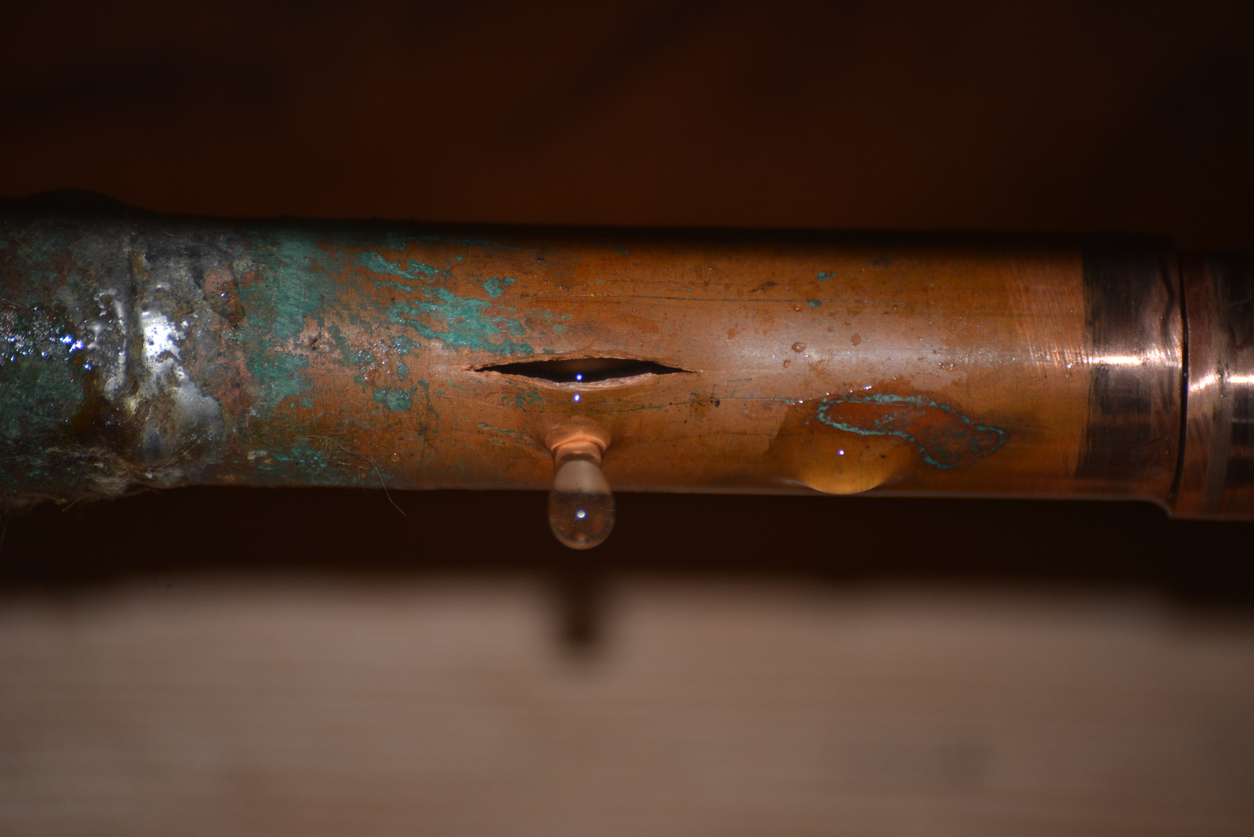The prevailing view is that overhead and profit is due if a policyholder can show the services of a general contractor is “reasonably likely.”
In Mee v. Safeco Insurance Company,1 James Mee purchased homeowners coverage from Safeco. Mee suffered a loss to his home when a toilet overflowed. Safeco prepared an estimate for repairs but did not include overhead and profit.
Safeco sent Mee a settlement payment that did not include overhead and profit. Mee filed suit for breach of contract, among other claims. Safeco filed for and won summary judgment on the issue of entitlement to overhead and profit. The trial court held that Mee was not entitled to overhead and profit because he did not use a general contractor to repair the damage. Mee appealed.
On appeal, Safeco cited to Gilderman v. State Farm Insurance Company2 in support of its argument that Mee was not entitled to overhead and profit. Gilderman “stands for the proposition that, in any claim where more than one trade is required to perform the repairs, it is ‘reasonably likely’ that the services of a general contractor will be required, and accordingly, the insurance company must include overhead and profit as part of its actual cash value payment, even if the insured makes the repairs himself, hires a handyman instead of a team of contractors, or chooses not to make the repairs at all."
The appellate court reversed the trial court’s summary judgment and found in favor of Mee. If repair will likely require multiple trades (commonly referred to the “three trade rule”) a policyholder can meet its burden to show the services of a general contractor is “reasonably likely” and overhead and profit are owed.
In Tritschler v. Allstate Insurance Company,3 an Arizona court followed the reasoning of the Pennsylvania Superior Court. Allstate took the position that it would only include overhead and profit if the insured actually used a general contractor to make repairs. The court disagreed with Allstate and held that if the services of a general contractor were likely, the contractor’s overhead and profit fees should be included.
In Mee and Tritschler, the courts made it clear that overhead and profit is to be paid as part of the carrier’s actual cash value payment. The Tritschler court explained:
Actual cash value of loss covered by property insurance policy is an estimate of the needed repairs; since the determination of actual cash value is not based upon what the insured actually pays to repair or replace the damaged property, the amount an insured ultimately spends to make needed repairs, if any, is irrelevant.
The un-codified “three trade rule” is used in most jurisdictions.
1 Mee v. Safeco Ins. Co., 2006 WL 2623901 (Pa. Super. Sept. 14, 2006).
2 Gilderman v. State Farm Ins. Co., 649 A.2d 941 (Pa.Super. 1994).
3 Tritschler v. Allstate Ins. Co., 213 Ariz. 505, 144 P.3d 519 (Ariz. Ct. App. 2006).



